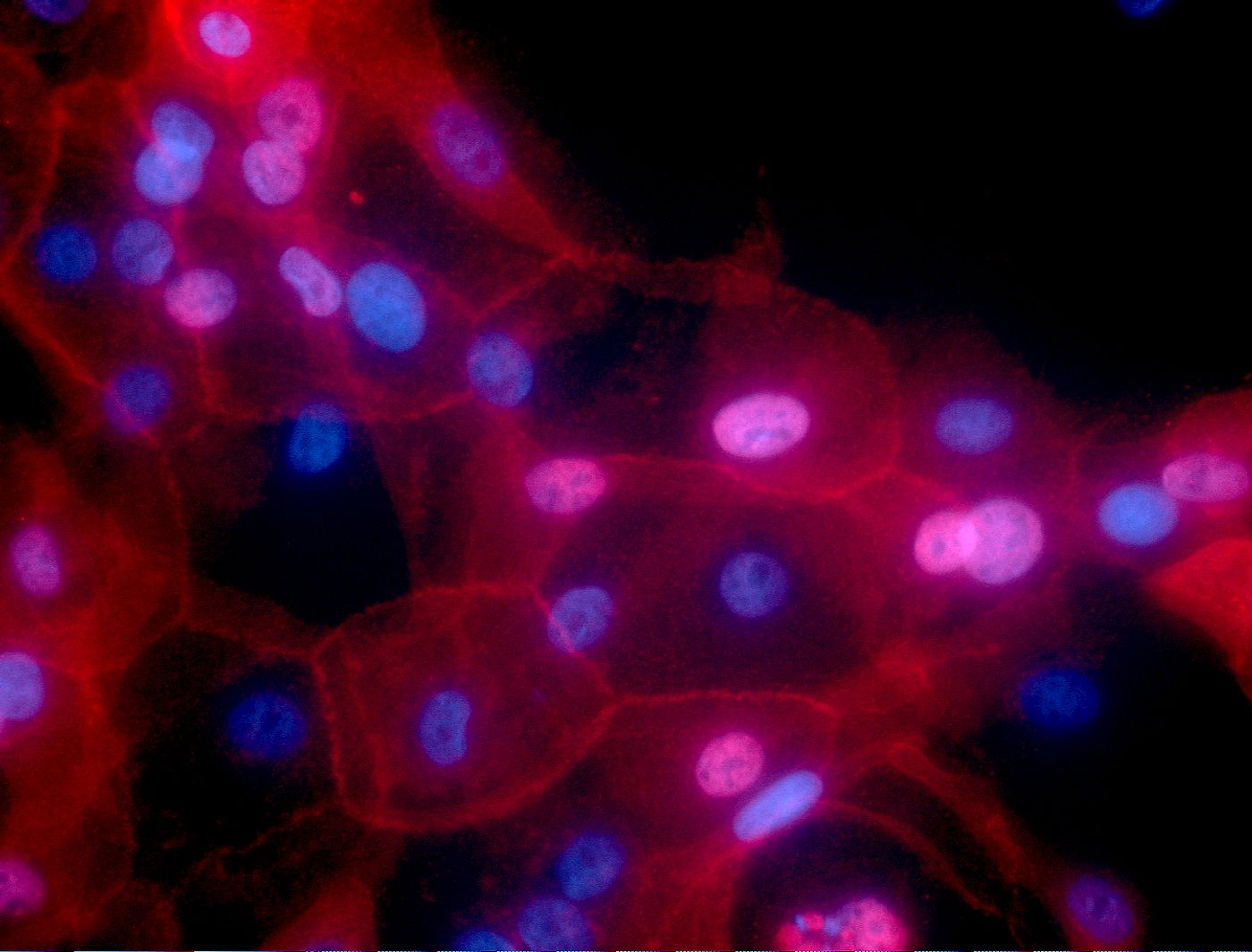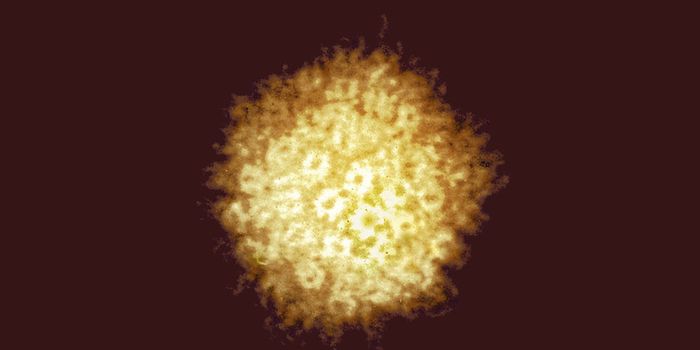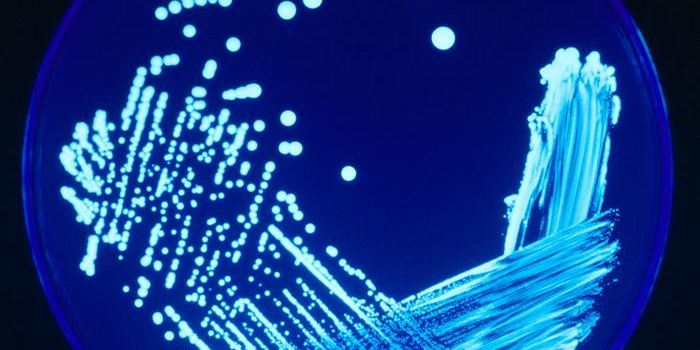How Cancer Cells Use Inflammation as a Shield Against Viruses
Microorganisms called oncolytic viruses can infect and kill cancer cells while leaving healthy cells alone. Some are natural, while others have been engineered in laboratories. There are a few that are being evaluated as potential cancer treatments, but only one has been approved by the Food and Drug Administration as a therapeutic (a genetically modified herpesvirus that treats melanoma). These viruses don't work the same way in every patient, and there is still a lot we don't know about them.
Now scientists have learned more about how cancer cells can protect themselves from these viruses. The work, which has been reported in Nature Cell Biology, may help researchers improve cancer treatments that utilize viruses.
"These viruses prefer to target cancer cells over healthy cells, which has made them of interest for scientists over the last few decades. However, much more remains to be understood about how they interact with tumors and the immune system," said co-lead study author Antonio Rullan, a clinical research fellow in the Tumour Cell Biology Laboratory at The Francis Crick Institute.
In this study, the researchers learned more about how a tumor and its surrounding environment interact. They were especially interested in cells in the tumor microenvironment called cancer-associated fibroblasts (CAFs), which are known to have important roles in the protection and growth of cancer.
They learned that when cancer cells and CAFs are directly connected, cytoplasm passes from the cancer cells to the CAFs. The fibroblasts, in turn, trigger the release of inflammatory molecules called cytokines from nearby tissue. This makes it more difficult for viruses to penetrate the cancer cells and replicate inside of them.
"This process only occurs when cancer cells and fibroblasts are in direct contact with each other. In healthy tissue, this type of inflammatory response would only happen during injury, as there is usually a membrane keeping them apart," explained study author Erik Sahai, group leader of the Tumour Cell Biology Laboratory at the Crick. "This is an excellent example of the way cancer hijacks our body's protective mechanisms for its own gain."
When this pathway was blocked in a cell culture model of the tumor microenvironment, cancer cells became more vulnerable to oncolytic viruses. It may be possible to mediate the inflammation in order to take advantage of the cancer-killing power of oncolytic viruses (described in the video).
"If we can more fully understand how cancer cells protect themselves from oncolytic viruses and find effective ways to stop these protective mechanisms, these viruses could become a more powerful tool doctors can use to treat cancer. This research is an important, early step towards this," added co-lead study author Emma Milford, a graduate student in the Tumour Cell Biology Laboratory at the Crick.
Sources: AAAS/Eurekalert! via The Francis Crick Institute, Nature Cell Biology









